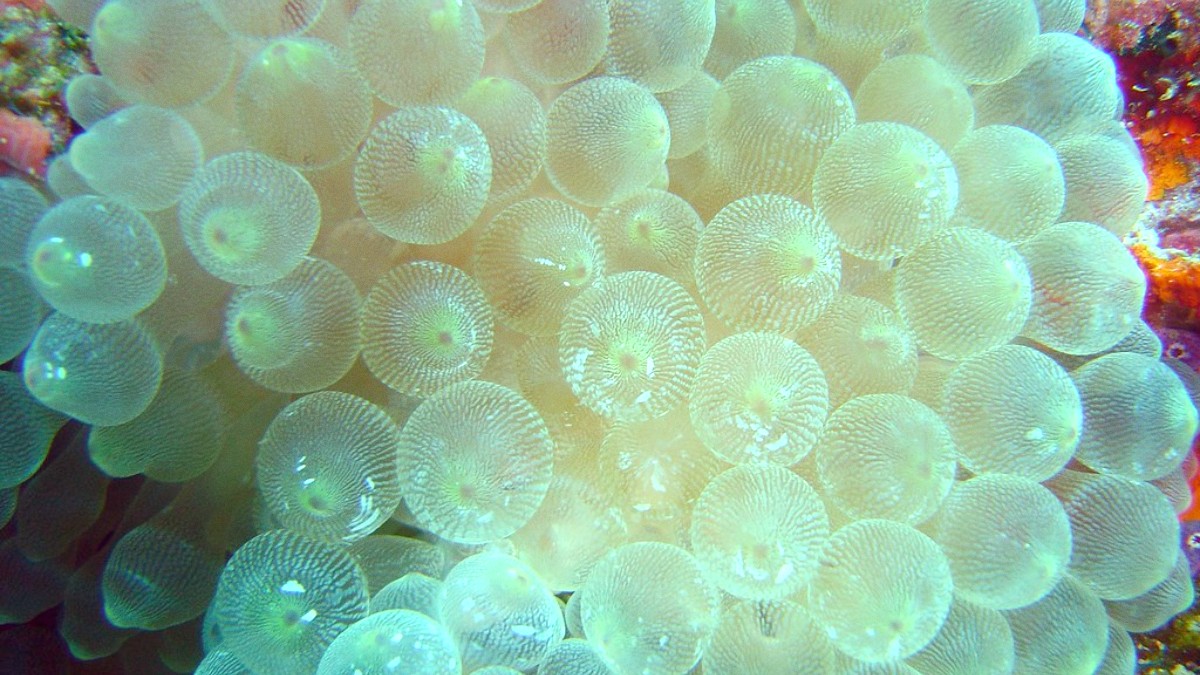
Micronesia
Chuuk Lagoon holds world renown as the final resting place of over 60 Japanese warships, merchant vessels, and aircraft, sunk during "Operation Hailstone" in February 1944. This location is often named the "largest graveyard of ships in the world" and functions as a protected underwater museum and war grave.
During World War II, Truk (now Chuuk) served as the Imperial Japanese Navy's main forward base in the Pacific, earning the nickname "Gibraltar of the Pacific." The concentrated attack by U.S. Forces neutralized this stronghold, leaving an incredible time capsule beneath the waves. The wrecks remain largely intact, often containing their original cargo, including tanks, trucks, bombs, medical supplies, and personal effects. They present a poignant connection to this pivotal moment in history.
Early morning dives often present the calmest conditions and fewer other boats at a given site.
A warship, offering a different type of wreck exploration with its naval features.
A large passenger-cargo ship, resting on its side. Holds contain beer bottles and other cargo.
A cargo ship with fascinating construction equipment (bulldozers, steamrollers) in its holds.
Treat wrecks as war graves and historical monuments. Do not touch, disturb, or remove artifacts. Leave everything as found.
Utilize GetYourGuide for attraction tickets and tours, though direct booking with dive operators is usually the process for Chuuk.
Chuuk's formal museum offerings remain limited, yet the entire lagoon functions as a living, submerged museum of history.
A small local museum on Weno Island. It contains a modest collection of local artifacts, historical documents, and some WWII relics.
The lagoon itself serves as the largest open-air underwater museum for WWII history, with wrecks preserved in situ.
No formal art galleries or dedicated exhibition spaces exist. Local artistry is mainly traditional crafts.
No dedicated cultural centers or formal performance venues are present. Performances are informal, often at resorts or during local events.
The Chuuk State Museum does not host temporary special exhibits or regular programming.
Traditional crafts like wood carvings and weaving are local artistic expressions.
No significant ancient archaeological sites or extensive ruins. The main historical ruins are from World War II.
No formal historical districts with preserved historical architecture exist. Traditional buildings are simple wooden structures.
Christianity is widely practiced. Numerous Protestant and Catholic churches welcome visitors at Sunday services.
Beyond the iconic underwater fleet, Chuuk maintains land-based historical sites connected to its World War II past and local traditions.
While the historical wrecks are the main draw, Chuuk Lagoon and its islands feature natural beauty, mainly within its marine environment.
The lagoon itself is a geological marvel: a vast natural harbor, approximately 1,000 square miles (2,600 square kilometers), formed by a barrier reef surrounding remnants of a sunken volcanic island. This unique formation creates a protected, calm body of water ideal for its underwater treasures.
No formally designated national parks or large public gardens. The natural environment is experienced informally through the lagoon or undeveloped island landscapes.
The coral reefs and WWII wrecks within Chuuk Lagoon host incredibly diverse and abundant marine life. This forms the main "wildlife" viewing experience.
The wrecks have become artificial reefs, attracting a thriving ecosystem. Nurse sharks and other bottom dwellers are often seen resting on or near the wrecks.
The lagoon itself is the main waterway for exploration and enjoyment.
The focus of natural attraction is overwhelmingly on the marine ecosystem. Land-based wildlife viewing opportunities are limited.
The natural environment is experienced informally through the lagoon itself or undeveloped island landscapes.
The lagoon provides unique formations with protected, calm waters, creating an ideal setting for its submerged treasures.
The natural beauty largely compliments the main diving attraction.
The small, informal market on Weno provides an authentic local experience, for observing daily life rather than a shopping destination.
Beyond underwater wreck photography: sunrise/sunset from Mount Tonaachaw, candid shots of local village life (ask permission), lush tropical landscapes from the water.
Consider hiring a local guide for any land-based exploration, especially for Mount Tonaachaw or outer island visits.
They contribute cultural context, ensure respectful interaction, and assist in finding less obvious sites.